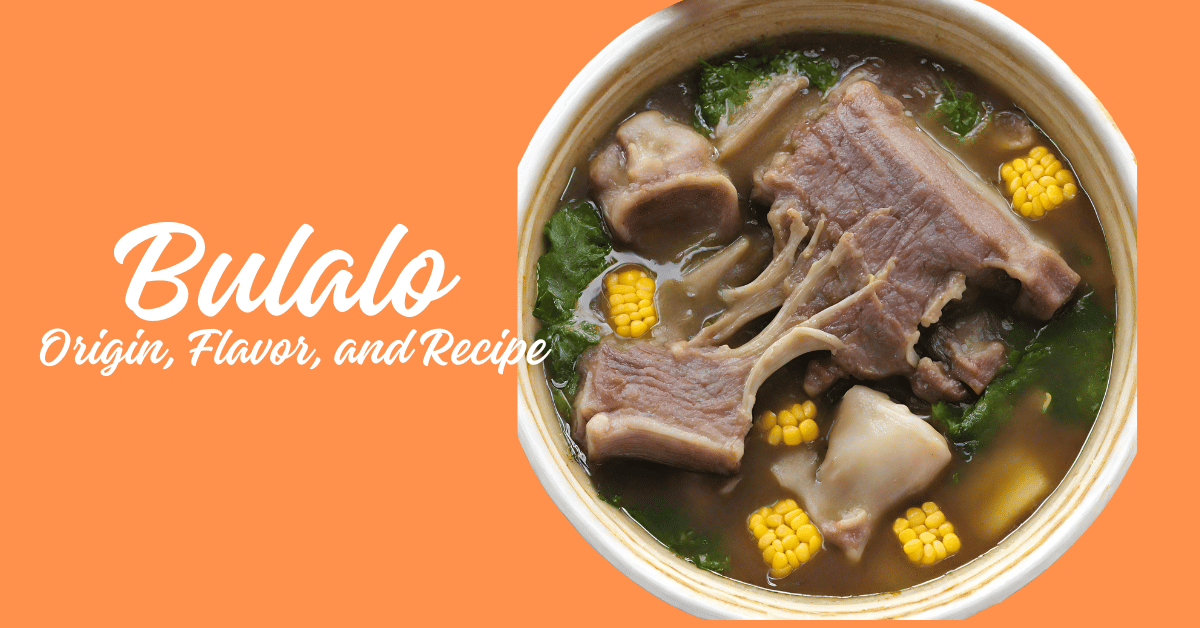Introduction
Welcome to our culinary journey!
Today, we’re diving into the vibrant and diverse world of Filipino cuisine by exploring one of its most iconic dishes: Chicken Adobo. Hailing from the Philippines, Chicken Adobo is a flavorful and savory delight that has captured the hearts and palates of food enthusiasts worldwide.
In this blog post, we’ll not only share a mouthwatering Chicken Adobo recipe but also delve into the rich history and cultural significance of this beloved dish.
A Taste of History: The Origins of Chicken Adobo
To truly appreciate a dish, it helps to understand its roots and the stories it carries.
Chicken Adobo’s history is deeply intertwined with the history of the Philippines itself. It’s believed to have been influenced by early Spanish settlers who introduced the concept of marinating meat in vinegar and spices.
Over time, Filipinos adapted and perfected the recipe, creating a unique culinary masterpiece.
The term “Adobo” comes from the Spanish word “adobar,” which means “to marinate” or “to season.” This marinating process, combined with indigenous Filipino ingredients, resulted in the development of Adobo as we know it today.
Key Ingredients and Flavors
Chicken Adobo is renowned for its irresistible balance of salty, tangy, and savory flavors. The key ingredients that contribute to this delectable profile include:
- Chicken: Traditionally, Chicken Adobo is made with chicken thighs and drumsticks, but you can use your preferred chicken cuts.
- Soy Sauce: Provides saltiness and a deep, rich color to the dish.
- Vinegar: Offers the signature tanginess and helps tenderize the chicken.
- Garlic: Adds a robust, aromatic flavor to the marinade.
- Bay Leaves: Infuse a subtle herbal note.
- Black Peppercorns: Provide a gentle kick of heat.

Cooking Chicken Adobo: A Flavorful Journey
Now, let’s dive into the kitchen and prepare a delicious Chicken Adobo that captures the essence of Filipino cuisine. Here’s how to do it:
- Marinate the Chicken: Begin by marinating chicken pieces in a blend of soy sauce, minced garlic, and black peppercorns. Allow it to soak in these flavors for at least 30 minutes to infuse the meat with depth.
- Sear the Chicken: Sear the marinated chicken in a hot skillet until it achieves a golden-brown hue. This step intensifies the flavors and seals in the juices.
- Saute the Onion: Add thinly sliced onions to the pan and sauté them until they become fragrant and translucent.
- Combine Ingredients: Return the seared chicken to the pan, then pour in the reserved marinade, vinegar, and water. Toss in a couple of bay leaves for that distinctive aroma.
- Simmer and Cook: Let the mixture simmer on low heat for about 30-40 minutes, allowing the chicken to become tender and soak up all the delicious flavors.
- Adjust Seasoning: Taste and adjust the seasoning with salt and pepper to suit your preferences. You can also customize the intensity of the dish by adjusting the soy sauce or vinegar levels.
- Serve: Remove the bay leaves, and your Chicken Adobo is ready to be served. Plate it hot over a bed of steamed rice, and consider garnishing with chopped green onions or fresh cilantro for a burst of color and freshness.
Conclusion:
Chicken Adobo, with its tantalizing blend of flavors and its rich historical significance, is a testament to the Filipino culinary tradition. As you savor each bite of this aromatic dish, you’re not just enjoying a meal; you’re experiencing a taste of the Philippines’ diverse culture and heritage.
So, go ahead, whip up a batch of Chicken Adobo, and embark on a flavorful journey that’s both satisfying and enlightening. Happy cooking!
- Miss Universe Philippines 2025: Full List of Official Candidates - 21 February 2025
- Nawat Itsaragrisil Acquires Miss Universe Thailand Franchise - 21 February 2025
- Winter in Sydney: A Magical July Adventure in Australia - 29 September 2024















